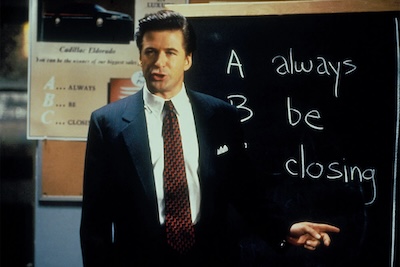Flow feels like a gift, a truly remarkable experience that crawls into your chest like a cat curling up in the sun on a warm day. Both times that I have watched this film, I had an overwhelmingly emotional reaction which was especially surprising on my second viewing. With no dialogue and stunning visual language, director Gints Zilbalodis has created a film that shocks our hearts and instincts.
Zilbalodis casually remarked on the small team towards the end of our chat that has stayed with me ever since.
“There’s usually a big team who does these water effects in animated films, and Flow only had two people making them,” he says..
Cats get a bad reputation in mainstream film and television, in my opinion. Because they are aloof, ferociously intelligent, and smart, a lot of people think that they are mean or not worth the same affection as other household pets. The hero at the center of Zilbalodis’ film inhabits all of these qualities, but the fear it feels is alarmingly palpable. The director explains why he wanted to have a cat as our protagonist.
“I thought about the cat and its fear of water,” Zilbalodis says. “It’s universal, and it allows us to tell a story without really an antagonist. It’s a cat versus nature story. I wanted to show that even though it has this fear, it becomes less scary, and we can show this in a beautiful way. Even with the movement of the cat swimming, we can express a lot of emotion with the images. When I finished my first feature film, Away, I had an opportunity to work with a bigger team, and I thought I should tell a story about how I’m kind of figuring out how to work together with others. It was about trust and collaboration, and I thought that a cat would be a great protagonist for such a story. Cats can be very independent and grumpy, but since they are the animal that they are, we forgive them if they are not very nice or kind. If they act like a bastard, it’s okay because they are so cute. More than a person, anyway.”

As the water continues to threaten our band of merry animals, the water line appears on the screen to remind us of the danger. It makes us feel as if we are sinking below the surface and we need to kick our legs to keep our heads above water, and it comes back over and over again. It may seem like a small detail, but it makes for a big impact.
“I wanted to create a very immersive experience where the camera is very close to the characters, especially the cat,” he says. “For the most part, it’s a sort of a subjective point of view where our fial is to make you feel like you are the cat or you are on the boat with it and the other animals. There are moments, too, where the camera almost because a character itself and gets distracted and looks around. It’s very active in this world, and we don’t have these perfectly composed, epic, wide shots. It was important to be intimate and to be in the water.
Technically, though, that’s a very big challenge making the transition between above the water and under the water and to do it in the same shot. I wanted to have these long takes where you follow the characters and it’s not cutting between these multiple shots. It was important that the water felt actually wet and you can almost touch it. But this film isn’t hyper realistic. We’re looking at real things and studying them, but we’re interpreting them and telling a story at the same time. We needed to make sure that the water is believable but also conveying the emotions that these characters are feeling.”
Zilbalodis explains that because Flow opts for more extended sequences, it presented more challenges in terms of the larger set pieces. The ascension sequence, with its changing colors and swelling score, is languid and lyrical while the trees emerging as the water sinks downward induces stress and confusion. Zilbalodis explains that there were numerous set pieces that were difficult to complete.
“There are so many,” he admits, after a moment. “Water is, of course, a huge challenge, and it’s everywhere but the water is different in every scene. For each of those scenes, we had to develop new tools since not every visual tool fits every moment of the film. Because of the long takes, it gets really heavy. The sets are really big since you’re traversing them and you’re not focusing on one small detail. You might start with that detail but then we would go wider which means that everything had to have that level of detail in the end like with the foliage. The trees emerging was so huge, because it just keeps going. It’s much easier to do it in small quick edits with glimpses here and there, but when you see everything, you’re not cutting away and there’s nowhere to hide. If you do static shots, it’s much easier to make them smooth or perfect, but since it’s moving all the time, there’s more complexity. Movement itself it very important to me in how it conveys these emotions. It shouldn’t feel constructed, but, of course, it is, so even the mistakes are there for a reason.”
Flow is in theaters now and available to rent online.







![Kameron Lennox On How Ambition and Drive Fuel the Costumes of the Wild Personalities of ‘The Studio’ [VIDEO]](https://thecontending.com/wp-content/uploads/2025/06/studio-120x86.jpg)


I'm still gobsmacked by the experience.
Also that ascension is indeed lyrical beyond words.